Back in the mid-1960s, beating a Ferrari on the track wasn’t something most American muscle cars even attempted—let alone pulled off. But then came the Shelby GT350. Born from a basic Mustang fastback and reworked by Carroll Shelby into a fire-breathing race machine, it didn’t just compete—it dominated. With a high-revving V8, stripped-down interior, and track-focused tuning, the GT350 showed up, called out Europe’s best, and walked away with the win. This is the story of the muscle car that took down a Ferrari—one fact at a time.
It Was Born From a Mustang, But Built to Race
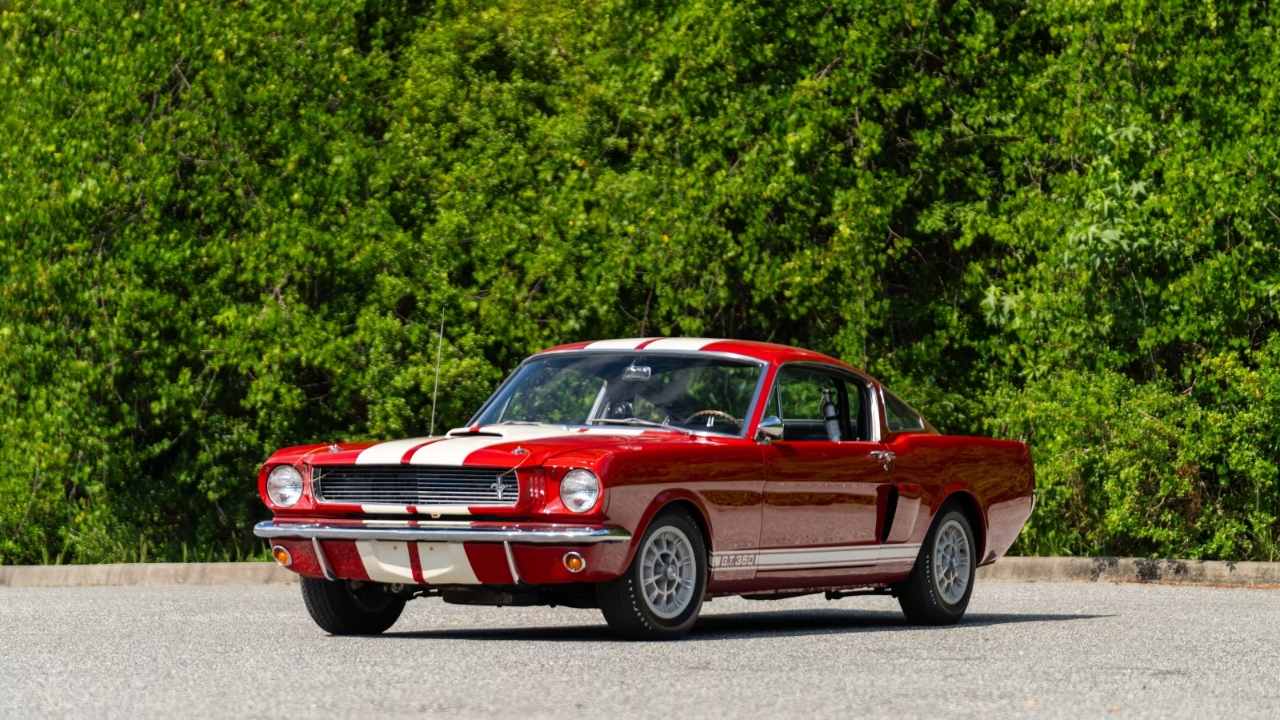
The GT350 started as a basic 1965 Mustang Fastback, but once Carroll Shelby got ahold of it, it became something entirely different. He stripped it down, stiffened the suspension, and turned a pony car into a real track weapon.
Ford wanted credibility. Shelby gave them dominance. This wasn’t about cruising—it was about winning. And the GT350 wasn’t afraid to punch way above its weight class.
The Heart Was a High-Revving 289 V8

Under the hood sat a 289 cubic inch V8, heavily reworked by Shelby’s crew. With a Holley 715 CFM carb, aluminum intake, and a hotter cam, it made a legit 306 horsepower at 6,000 rpm.
That might not sound wild now, but paired with a lightweight chassis and tight gearing, the GT350 moved. And it didn’t just move in a straight line—it handled corners like a car that cost twice as much.
It Beat the Ferrari 250 GTO in SCCA Racing
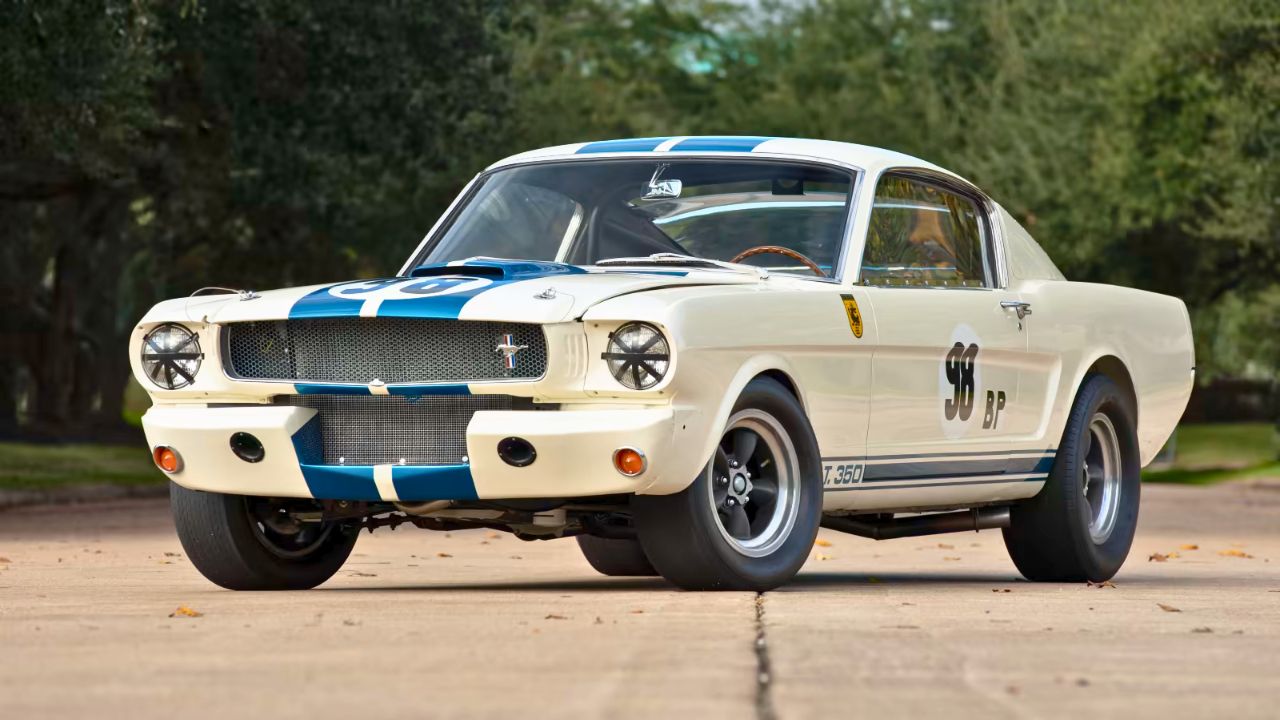
The Shelby GT350 made headlines when it dominated the SCCA B-Production class in 1965. One of its biggest targets? The Ferrari 250 GTO. That’s right—the prancing horse was getting smoked by a Ford-badged Mustang.
Thanks to its balance, torque, and serious racing upgrades, the GT350 cleaned up on the track. It was faster, cheaper, and easier to drive hard. And it didn’t need a Ferrari badge to prove it.
It Was Stripped Down for Speed
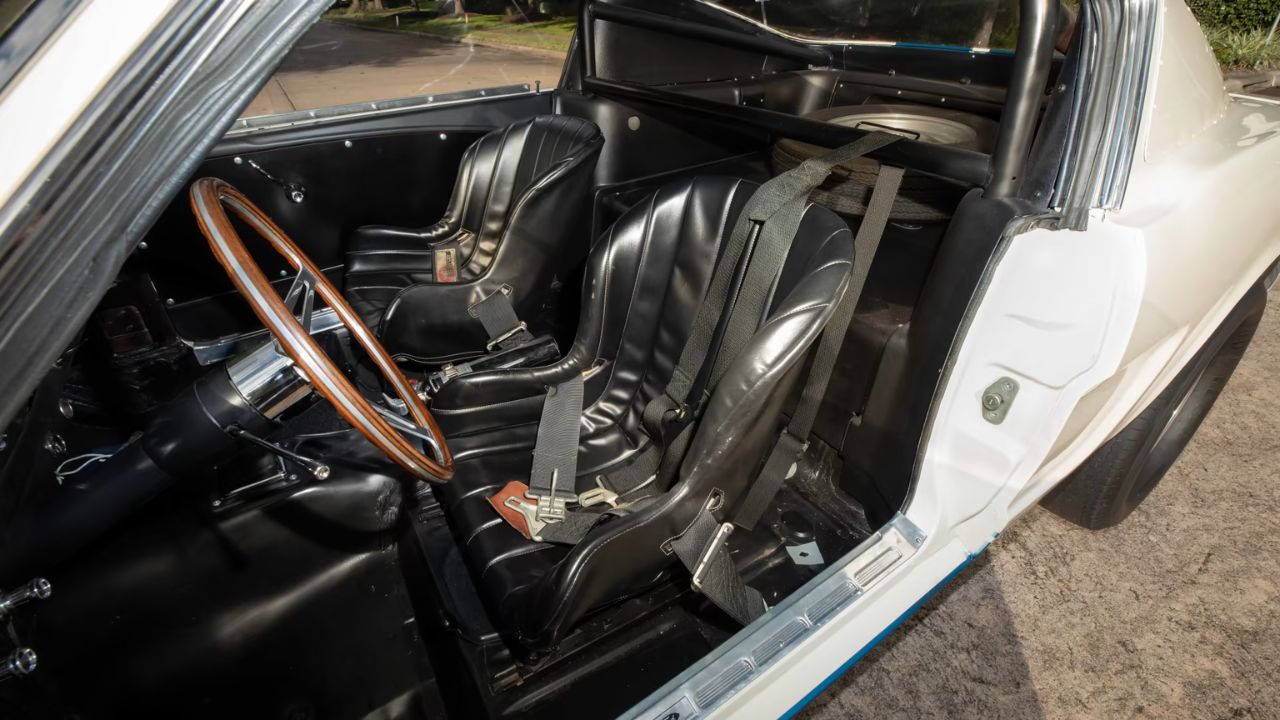
Shelby wasn’t interested in creature comforts. The original GT350s didn’t come with rear seats, power steering, or insulation. You got a brace where the back seat used to be and a ride that felt raw and alive.
This was all done in the name of weight savings. At around 2,800 pounds, the GT350 was light, agile, and ready to get rowdy. It may not have been comfy—but it was quick where it counted.
The Exhaust Note Was Unmistakable
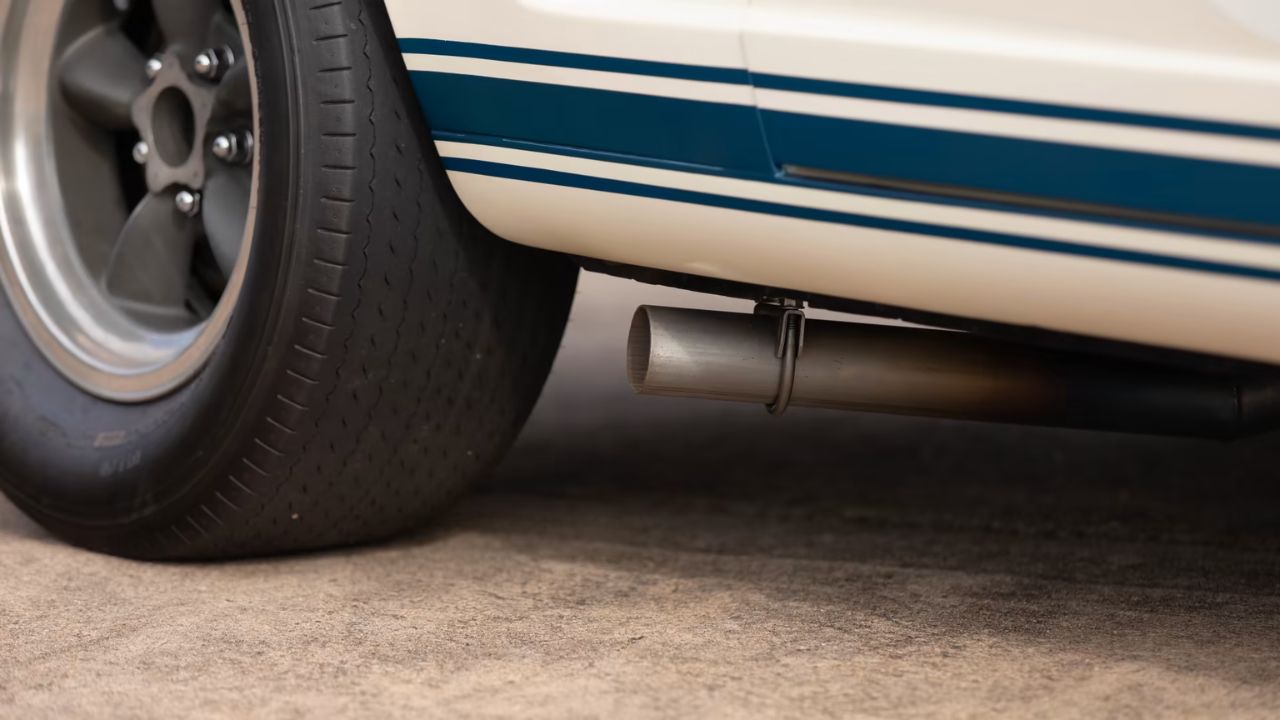
Shelby added a side-exit dual exhaust system that didn’t just sound good—it screamed. The GT350’s 289 V8 had a bark that stood out even in a sea of V8s.
It was loud, sharp, and unapologetic. You didn’t sneak around in a GT350—you announced yourself. Even Ferrari fans had to admit it sounded mean.
It Was a Track Car You Could Register
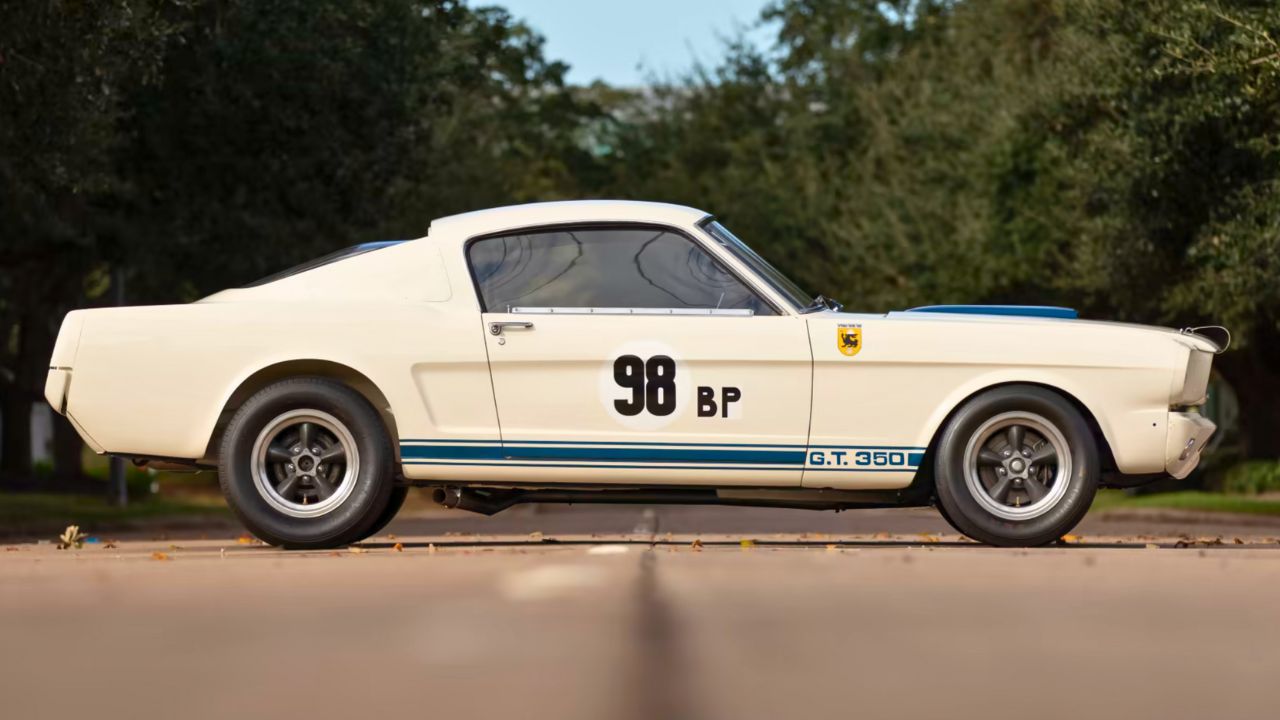
One of the wildest things about the GT350? You could drive it to the track, race it, and then drive it home. It was bare-bones, but it was street legal.
Shelby sold just enough units to meet homologation rules, and the street versions were basically dialed-down race cars. A few tweaks, a set of tires, and you were ready to run with the big boys.
The Chassis Was Reinforced to Handle Power
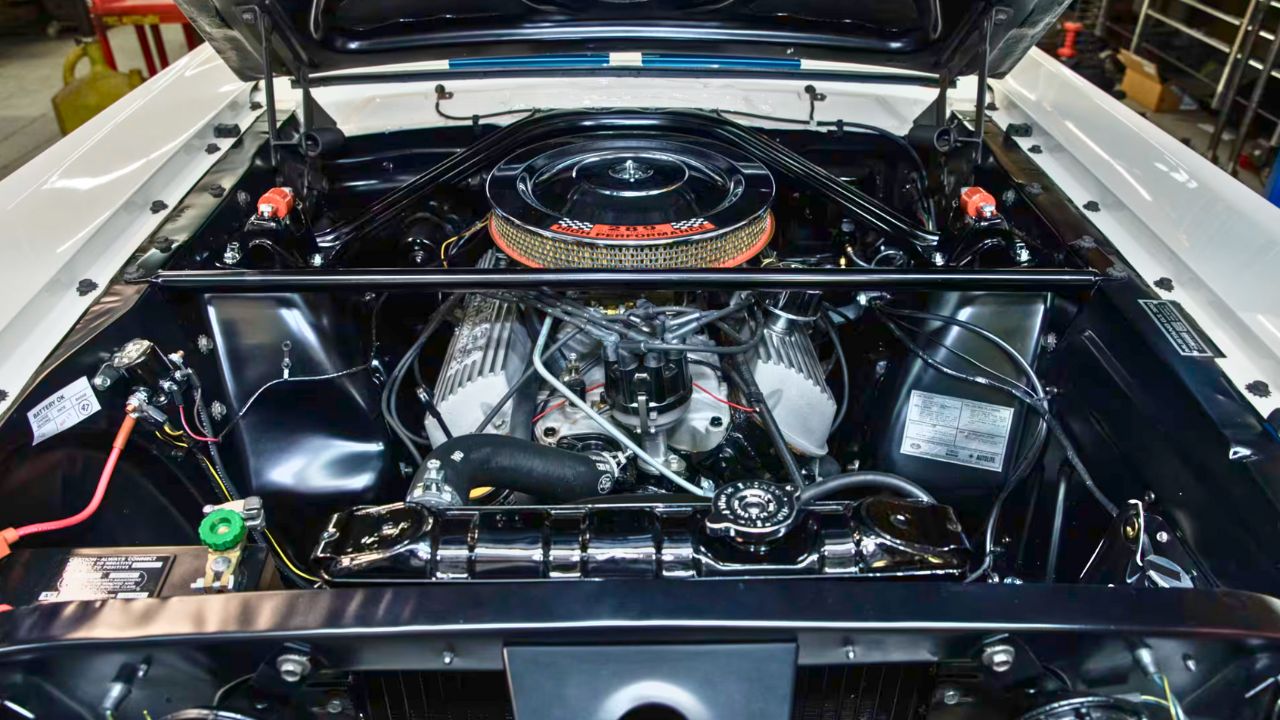
To deal with the upgraded engine and road course abuse, Shelby reinforced the chassis with a Monte Carlo bar and underbody bracing. The suspension was tuned tighter, the ride height was dropped, and stiffer springs replaced the soft stock setup.
The result? A car that stayed flat in corners and bit hard under throttle. It felt planted, direct, and capable in a way few American cars could claim back then.
Only 562 Units Were Built in 1965
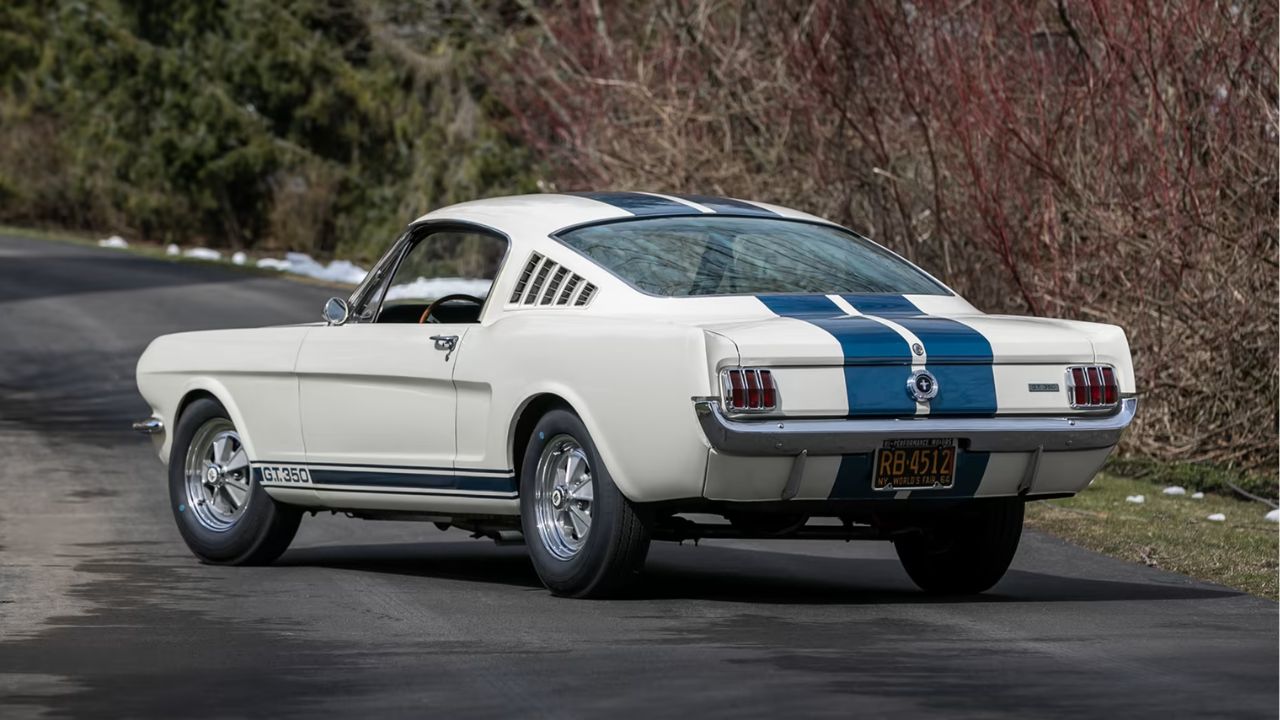
Shelby cranked out just 562 street-legal GT350s in the first year, making it one of the rarest and most desirable Mustangs ever made. Each one was built at Shelby’s facility in Venice, California.
Because of the low production and its racing pedigree, original ’65 GT350s are collector gold now. And if you see one in the wild, chances are it’s worth more than a brand-new Ferrari.
It Was Bare Metal Racing DNA
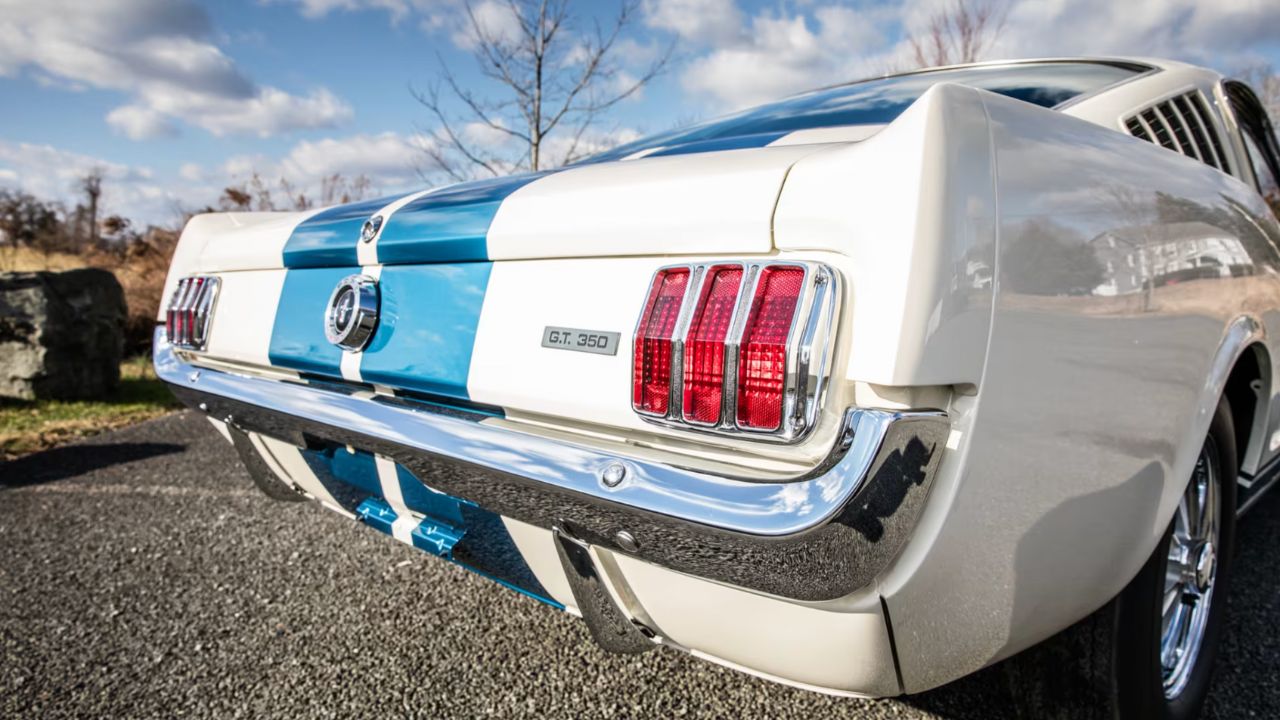
There was no mistaking a ’65 GT350 for a standard Mustang. It wore Wimbledon White paint with Guardsman Blue stripes and had a fiberglass hood with a functional scoop. The minimalist cabin had a 160-mph speedo and a wood-rimmed wheel.
Everything about it said “let’s race.” It didn’t pretend to be anything else. And it didn’t have to—it proved itself on the track.
Carroll Shelby Made It Personal
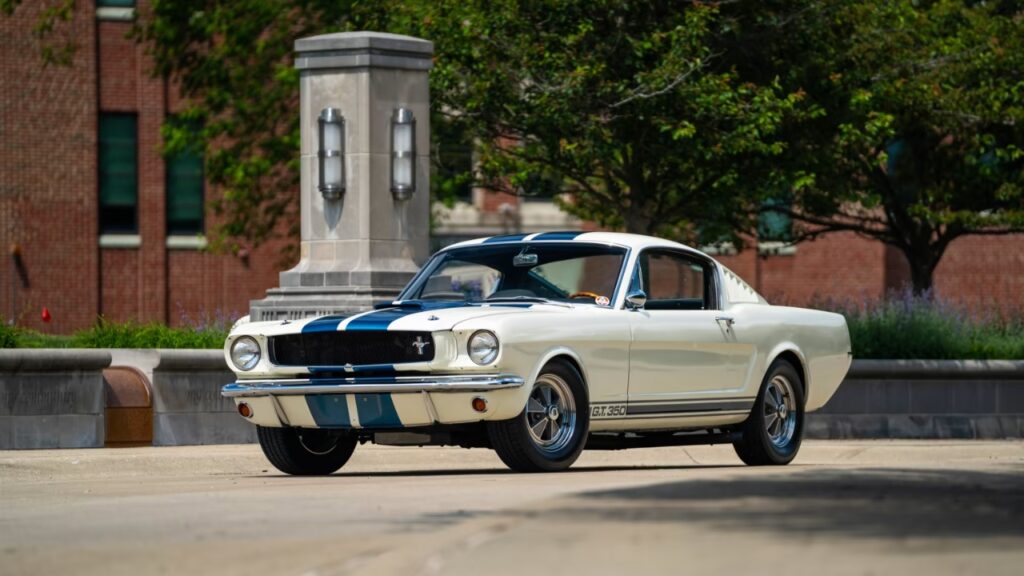
This wasn’t just a project for Shelby—it was a statement. He wanted to show the world that an American-built car could run with the best in Europe. And with the GT350, he did just that.
He took Ford’s Mustang and turned it into something Ferrari couldn’t ignore. And the racing world didn’t forget it either. The GT350 didn’t just win—it proved muscle and precision could live in the same car.
*This article was hand crafted with AI-powered tools and has been car-fully, I mean carefully, reviewed by our editors.

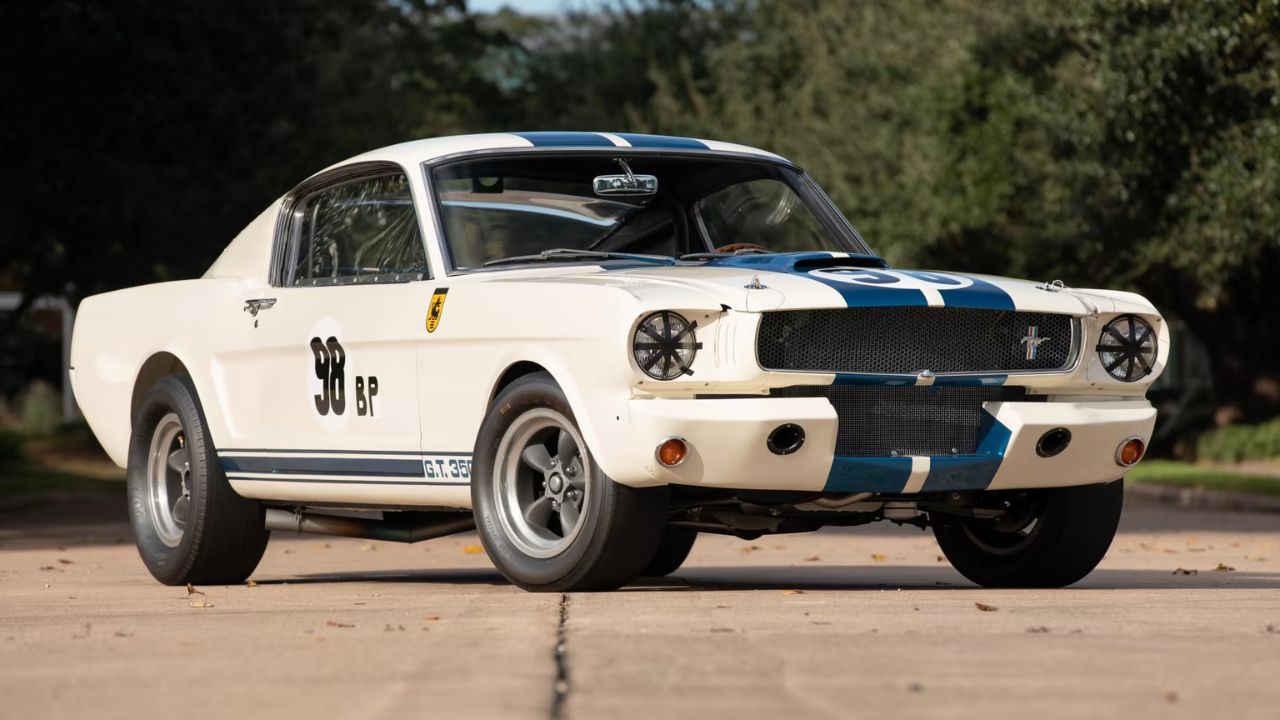
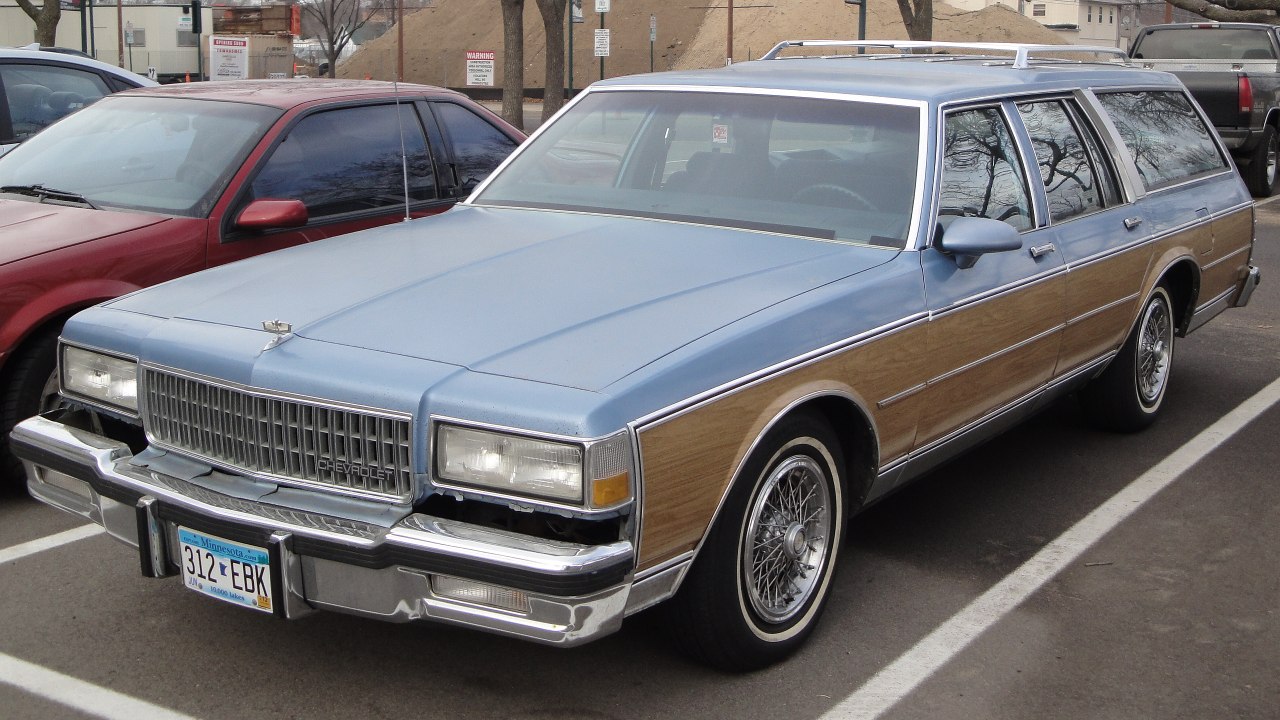

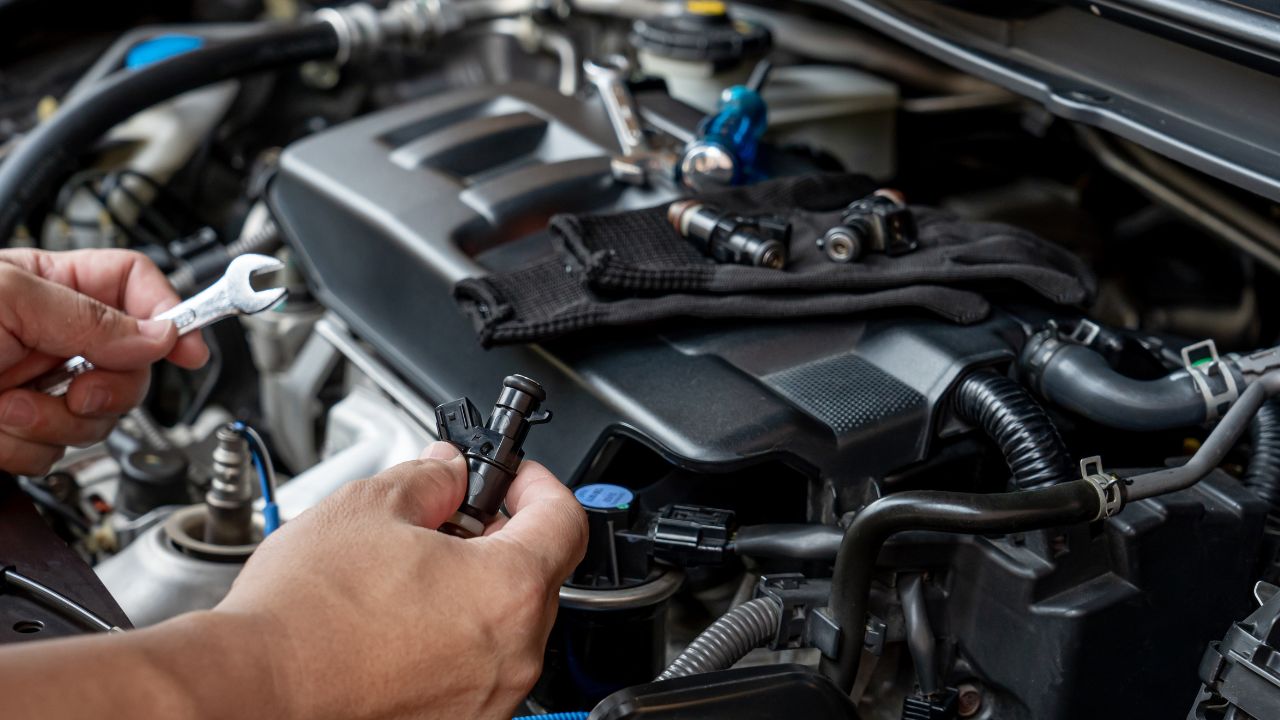


Leave a Reply